Poster Presentations 3
The Volkswagen Foundation invited young researchers conducting research on the topic of the symposium to apply to take part in the conference with a poster. From the applications received, 19 projects were selected to be presented at the conference in four blocks. Four scholarship holders were unable to attend, but made their posters available in written form. These can be found in the "Posters without presentation" section. Unfortunately, the poster presentations could not be translated simultaneously. Three blocks were in English, one in German.
HOLY HYDRA. Interdisciplinary event in a sacral space where religion, arts, club culture and society meet
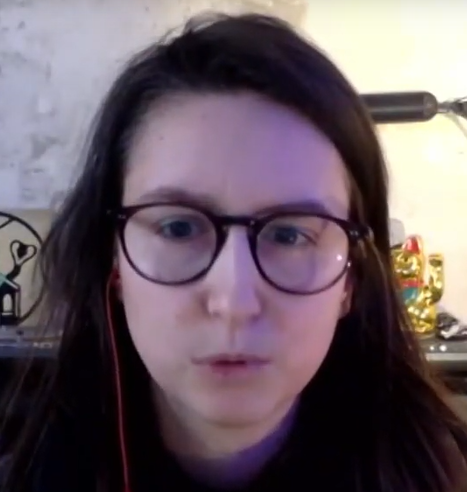
- Name / Titel
- Augustin Amanda; Björn Büchner, Anna Friedinger, Bernd Himsl, Lorena Höllrigl, Klaus Reznicek
- Funktion
- Hydra Kulturverein, Linz, Austria
HOLY HYDRA is an interdisciplinary event that focuses on an expanded use of sacred spaces with the aim of broadening the discourse between club culture, religion and society. The event offers the exclusive opportunity to experience a sacred space in a new perspective and to discover art and culture in a way that has rarely been made accessible before. In addition to a symposium that addresses the theme of sacred and urban space, contemporary dance performances, electronic music and new media art are part of the two-day program. Combining theory and practice, the following questions are discussed: What are the similarities between club culture and religion? How can sacred spaces, such as churches, be used in alternative ways? To what extent can church, art and culture benefit from each other? The aim is to create awareness for sacred buildings and their further use and preservation. Holy Hydra wants to open up these architecturally unique and culturally and historically valuable spaces in order to make them, apart from their religious significance, discoverable for people regardless of their faith as places of encounter and exchange. "Die (geile) Hydra" is a collective from Linz (AT) that has been developing site-specific strategies for cultural events since 2016 and has been organising the annual "Holy Hydra" event in the parish church Urfahr - youth church „Grüner Anker“ during the Ars Electronica Festival since 2018. - holyhydra.at
The Transylvanian landscape of fortified churches / a European heritage

- Name / Titel
- Ruth István
- Funktion
- Stiftung Kirchenburgen, Sibiu/Herrmannstadt, Romania
Transylvania is famous for its over 160 fortified churches and their long history dating back to medieval times. At the time Transylvania was a hard-fought border region. The population reacted to enemy attacks by expanding their churches through fortifications. In cases of conflict the fortified churches served the villagers as an area for retreat and protection. For centuries they have been modified and reconstructed. Many of them have been maintained to these days and together they form the unique landscape of fortified churches which is characterized through the density and diversity of this cultural heritage. They are the visible landmarks of many villages and the entire region. Currently more than half of them are threatened to deteriorate to different degrees. For this reason the Fortified Churches Foundation was established. All of the maintenance and reparation works carried out by us follow along the strict guidelines of classic preservation and traditional craftsmanship. Our respect goes to the architectural accomplishments, the quality of the craftsmanship, and the artistic creation of the original builders, the Transylvanian Saxons. This respect accompanies us at all times. We wish to preserve, protect, and care for the structure in its authenticity and its historically evolved state including the historic traces and changes. As the repairing of historic monuments is more reasonable and sustainable in case of further use of the buildings, certain model-projects are being developed in cooperation with engaged partners. The greatest challenge in this aspect is respecting the sacred and religious spaces while introducing and realizing new ideas and concepts.
The reusing of churches in the rural area, in the example of the community of Wanzka in Mecklenburg-Vorpommern
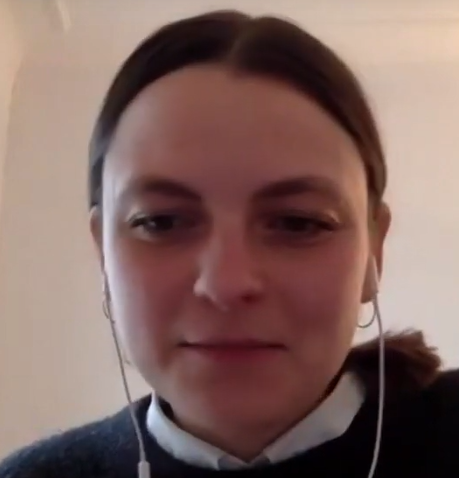
- Name / Titel
- Lorna Manjana Langner
- Funktion
- Tu Wien, Austria

- Name / Titel
- Kristina Marie Lilie
- Funktion
- TU Wien, Austria
The basic question of my research project is: Why is the profanation of a church such a great challenge for a church congregation – considering the fact that churches are not sacred buildings in themselves according to protestant understanding? One hypothesis is that the profanation of a church shakes a congregation to its core because it affects it in all its dimensions (i.e. as organization, institution, interaction and staging of faith) (Cf: Hermelink: Kirchliche Organisation und das Jenseits des Glaubens, Gütersloh 2011, 89-123). These processes of change were therefore examined from a church-theoretical perspective in order to gain a deeper insight into their dynamics. In this analysis, it was possible to show how the profanation of a church affects a congregation in all its dimensions and where possibilities for church counselling lie. This investigation is complemented by qualitative empirical research in three church congregations. The subject of this empirical study is the perspective of church congregations on the profanation of their churches. The analysis is based on a combination of participatory observation of church profanation services as well as individual and group interviews with pastors, church elders and several church groups. The triangulation of different data and methods leads to a deeper understanding of the research subject. After the analysis of the individual cases, overarching themes and problems need to be worked out. The aim of this project is to develop a comprehensive concept of process management in the case of profanation. For the first time, basic knowledge and assistance will be made available to those who guide and accompany church congregations in this transitional phase and who are liturgically responsible for the specific profanation services.
Church makes culture. Culture makes church. Restoration of St. Peter's Church in Riga, according to its historical, social and religious significance, and developing it as a cultural centre in the Old Town.

- Name / Titel
- Stefan Meissner
- Funktion
- Deutsche Evangelisch-Lutherische Kirche in Lettland, Riga, Latvia
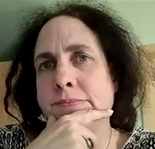
- Name / Titel
- Ingrid Müller
- Funktion
- Deutsche Evangelisch-Lutherische Kirche in Lettland, Riga, Latvia
Since autumn 2018, the Latvian Parliament (the Saeima) has been drafting the "Petri Church Law", the decisive sentence of which is: "With this law the ownership rights to the building of the Riga Saint Peter's Church and to the land and property of the German Saint Peter's Parish are granted to the Evangelical Lutheran Church of Latvia." The DELKL is now an autonomous department of the LELK and at the same time a foreign church of the Evangelical Church in Germany (EKD), which sends the pastors. St. Peter's Church is currently an ownerless property in the administration of a municipal museum association. Due to damage caused by the war, the brick Gothic building with the tallest tower in the old town, it has no wooden structures such as pews or historic altars. The roof trusses and the church tower were built as metal constructions during the rebuilding of the last century as metal constructions and covered with copper sheeting. A lift was installed in the tower, which makes St. Peter's Church the most visited sight in Riga's Old Town. Broad-based reflections have begun on how to develop this church as a cultural centre in the old town, according to its historical, social and religious significance.
Profanation of Churches. A church-theoretical perspective and a qualitative empirical Research of a current challenge
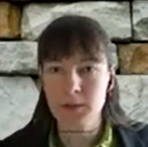
- Name / Titel
- Annemarie Kaschub
- Funktion
- Ruprecht-Karls-University Heidelberg, Germany
A large number of church buildings can no longer be main-tained today. Thus threatening to lose the role of these buildings as public places. The Protestant parish of Wanzka in the federal state of Mecklenburg-Vorpommern is exemplary for this development. Since January 2020, it has owned 26 village churches, for which two pastors are responsible. Like many other parishes in Germany, it thus faces the problem of "too many churches". This paper deals with the discourse on how the historic buildings can be preserved and with which new architectural approaches a contemporary, respectful and innovative use can be achieved. The insights gained are based on a literature re-view, an inventory of the 26 churches and a qualitative sur-vey of people living in the region. For the parish, it is clear that maintaining the church as a space for religious activity is a matter of great importance, where any deviation from its original use, can only be justified along the lines of improving community interactions. Similarly, for the preservation of monuments, the use of a church is bound to its original intended use. If a church is nevertheless to be converted, interventions in the historic building substance should be kept as low as possible so that the monument remains almost unchanged. The survey carried out in turn shows that the people questioned are basically interested in a change of use. Due to these partly contradictory ideas, an integrative utilisation concept is being developed that attempts to unite different aspects and enable a diverse use of the 26 village churches. The individual church buildings can thus function as important nodes between culture, society and the church and strengthen and link the individual village structures within the rural community, as the two drafts for selected village churches in particular show.
Chair
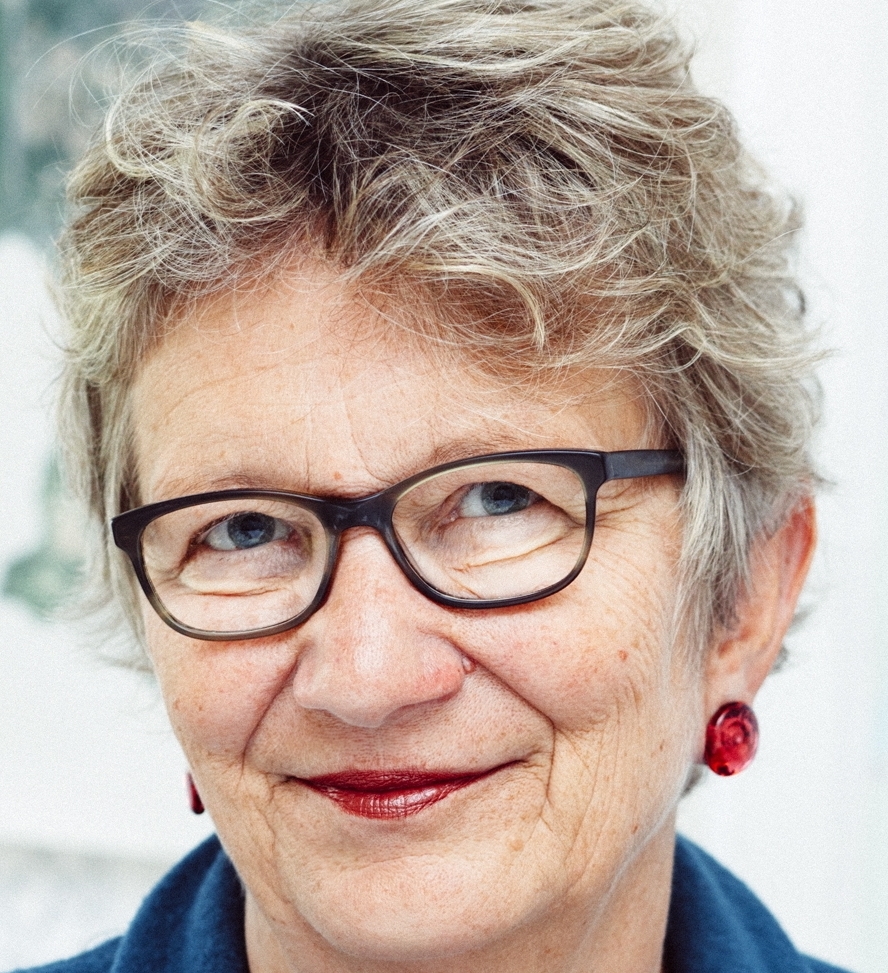
- Name / Titel
- Kerstin Gothe
- Funktion
- Karlsruhe Institute of Technology (KIT), Germany
